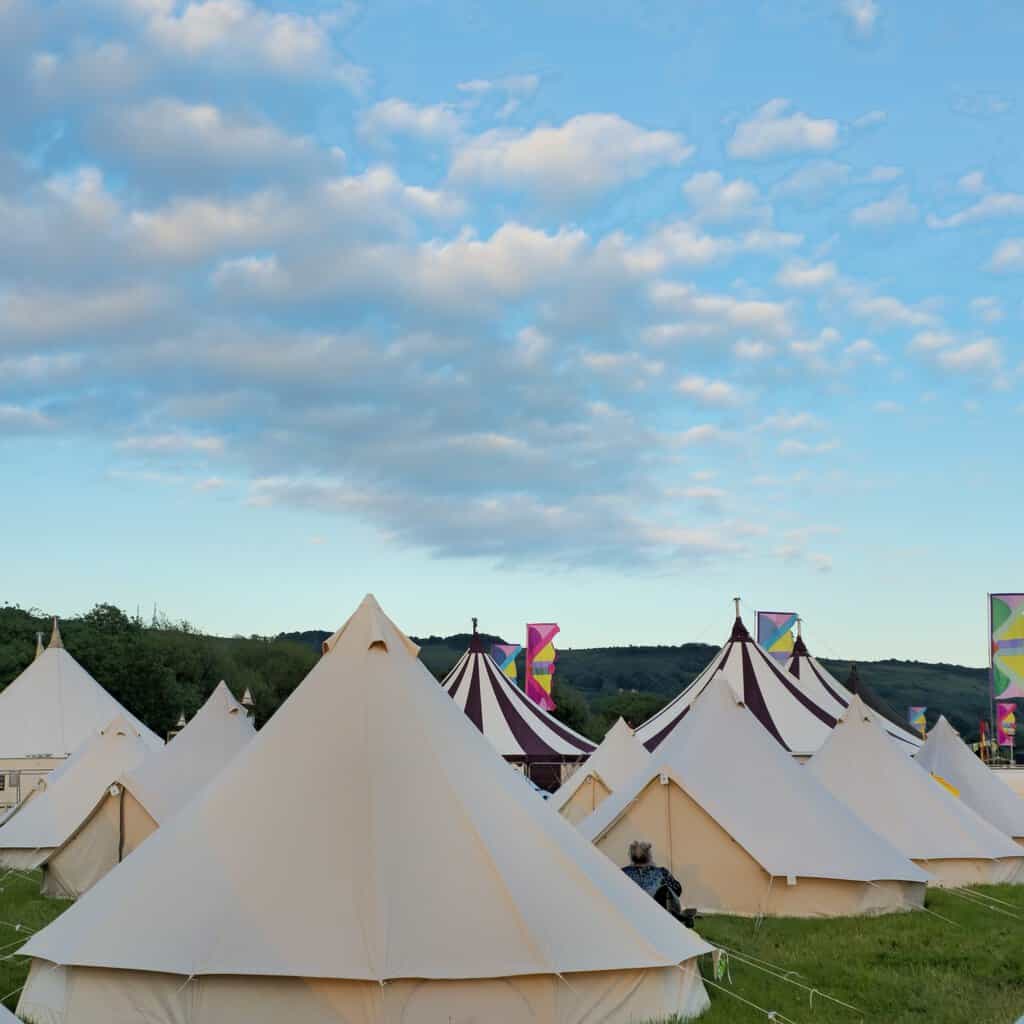When planning your next adventure, you may be torn between camping and glamping. Understanding the key differences between camping and glamping can help you decide which option best suits your needs. Whether you are looking for comfort, cost-efficiency, or stunning locations, this guide will highlight the pros and cons to help you choose your perfect outdoor experience.
The Difference Between Camping and Glamping
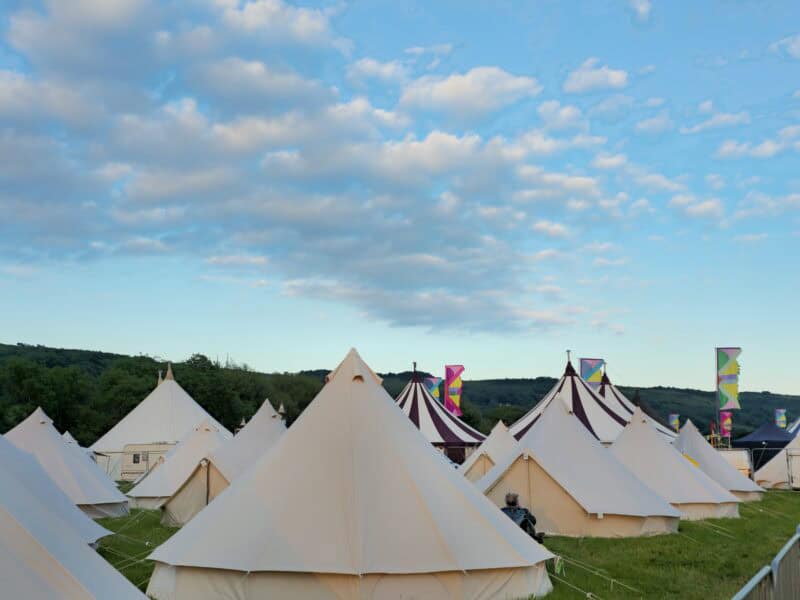

The primary difference between camping and glamping lies in the type of accommodation and amenities available. Camping often involves pitching a tent, cooking over an open fire, and adapting to limited amenities. Glamping, short for “glamorous camping,” offers a more plush camping experience with fully functional bathrooms, air conditioning, and comfortable beds.
Comfort and Convenience
Traditional camping typically requires campers to bring their tent, sleeping bag, and other camping equipment. This experience often includes:
- Setting up a tent
- Cooking over an open fire
- Using basic campsite facilities
While some may enjoy the rustic charm, sleeping on the ground in a tent can be challenging for those who struggle with sleep issues. Investing in a thicker or lighter sleeping bag can help improve comfort, but it may still lack the restful experience many crave.
Glamping offers more luxury and convenience with amenities such as a refrigerator, electricity, and heating or air conditioning. Glamping options can include yurts, cabins, treehouses, or even a see-through dome looking out at the stars. For those who prefer luxury and convenience without sacrificing the great outdoors, glamping is a great way to experience nature without roughing it.
Cost Comparison
While traditional camping can be a budget-friendly way to explore nature, costs can still increase. Purchasing a tent, camping equipment, firewood, and other essentials may require a significant initial investment. Campsites tend to be inexpensive, but they often have limited amenities.
Glamping experiences often cost more due to luxurious accommodations and added conveniences. However, many glamping sites come fully equipped, eliminating the need for extra gear. If you value comfort and convenience over the rough side of camping, glamping may be a better investment.
Choosing the Right Location
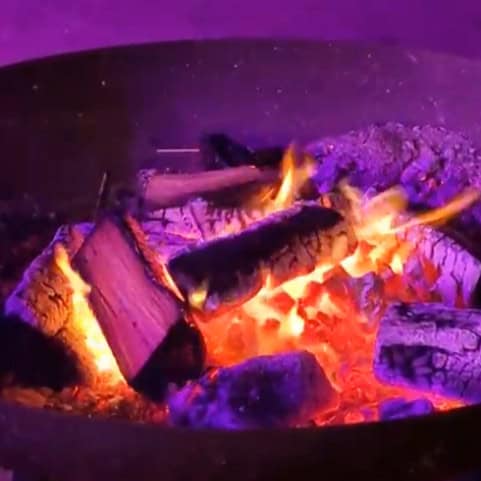
Location plays a crucial role in your experience, whether you prefer camping or glamping. Camping sites often reside in remote locations to experience nature at its best. Campers can enjoy cooking over an open flame, roasting marshmallows, and soaking in the simplicity of the wilderness.
Glamping sites, on the other hand, are often located closer to popular restaurants and attractions, offering a balance between nature and comfort. Many glamping options provide a wider variety of foods or allow Dutch oven cooking alongside modern conveniences.
Glamping’s Role in Addressing Sleep Concerns
Glamping is a relatively stress-free alternative to traditional camping for those with sleep challenges. Cabins or yurts can offer luxurious beds, climate control, and noise reduction, improving the sleep experience. Some glamping accommodations even provide soundproof rooms or blackout blinds to ensure a restful night’s sleep.
FAQs: How to Choose a Campsite
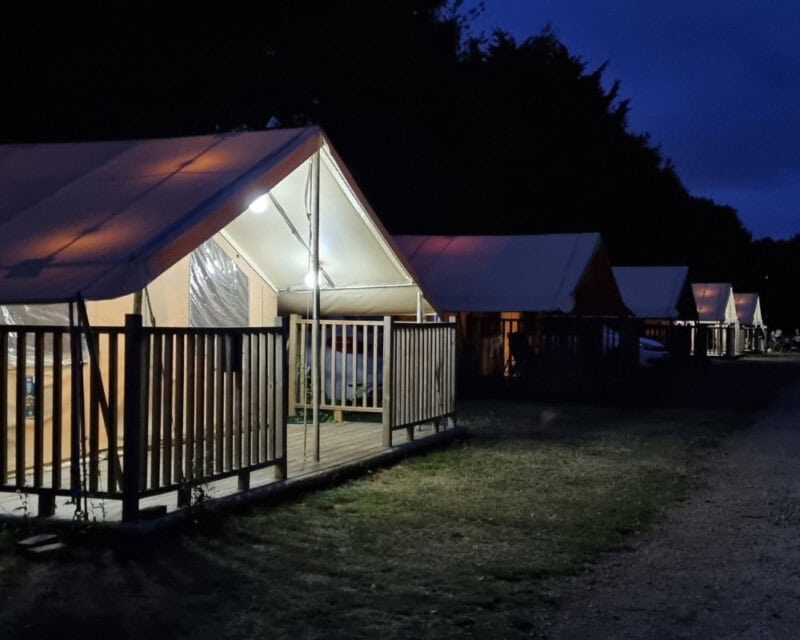
1. What are the key differences between family-friendly and pet-friendly campsites?
Family-friendly campsites often provide playgrounds, activity programs, and communal spaces. Pet-friendly campsites will offer designated areas for pets to roam safely; some may give pet-washing stations or dog parks.
2. How can I find luxury camping sites?
Look for glamping sites offering cabins, yurts, or treehouses with amenities such as running water, refrigerators, and fully functional bathrooms. These options provide comfort and adventure in one package.
3. What type of accommodation should I choose for my camping trip?
Traditional tent camping may be your best choice if you prefer simplicity and don’t mind roughing it. However, if comfort and convenience are a priority, glamping options provide luxurious accommodation in beautiful locations nationwide.
4. What essentials should I bring for a traditional camping trip?
Ensure you pack a tent, sleeping bag, firewood, cooking equipment, and clothing suitable for varying weather conditions. Bringing your tent ensures you have a familiar setup each time.
5. How can I make my glamping experience special?
To enhance your glamping trip, consider choosing unique sites like treehouses or domes and packing creature comforts like cosy blankets, lanterns, and marshmallows for roasting over a log fire.
Final Thoughts
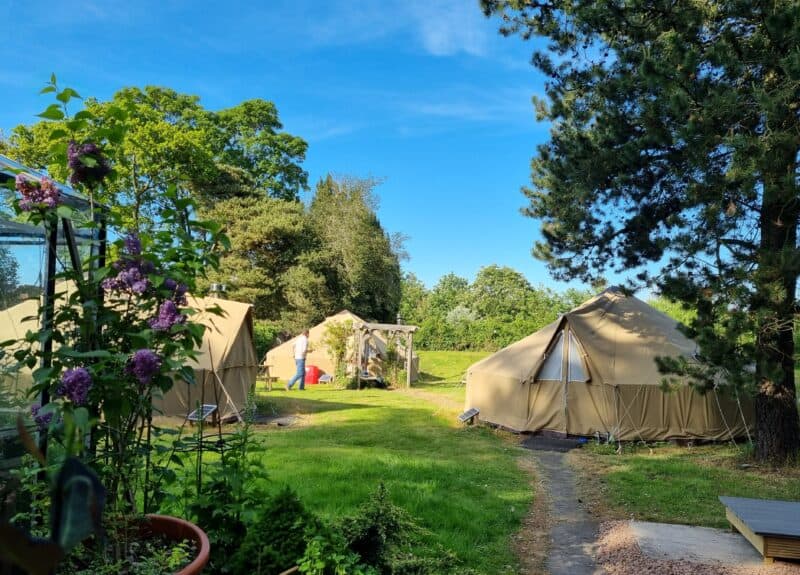
Whether you choose camping or glamping, both options offer memorable ways to enjoy the great outdoors. Traditional camping provides an adventurous experience, while glamping offers a comfortable and luxurious alternative. Take your pick based on your comfort needs, budget, and desired experience to create unforgettable memories on your next outdoor getaway.

